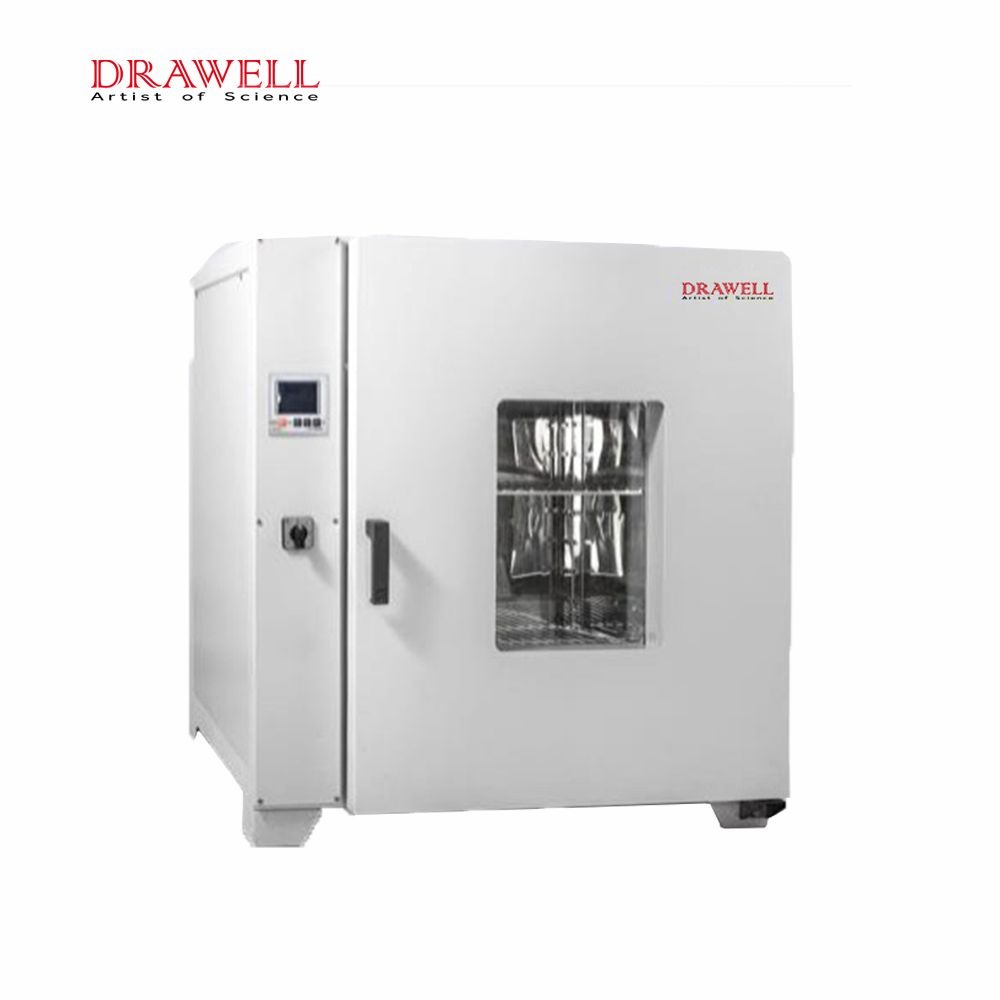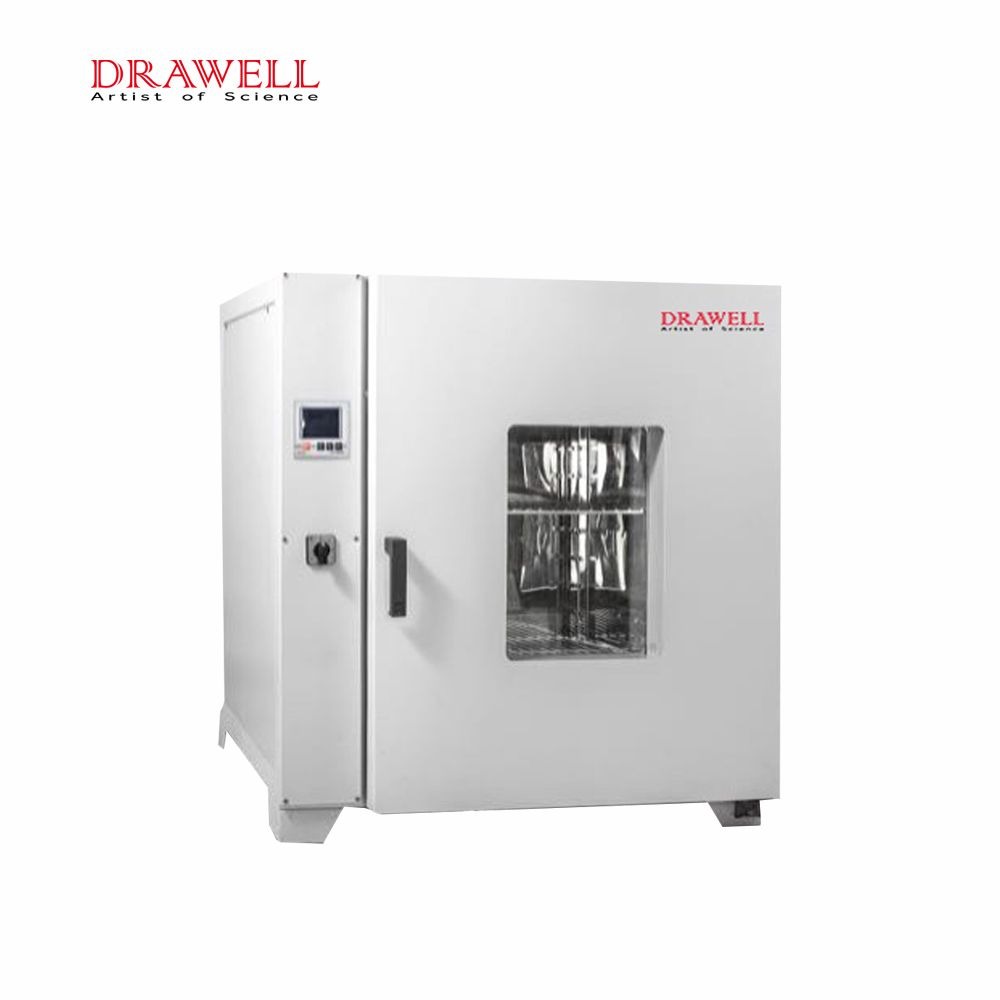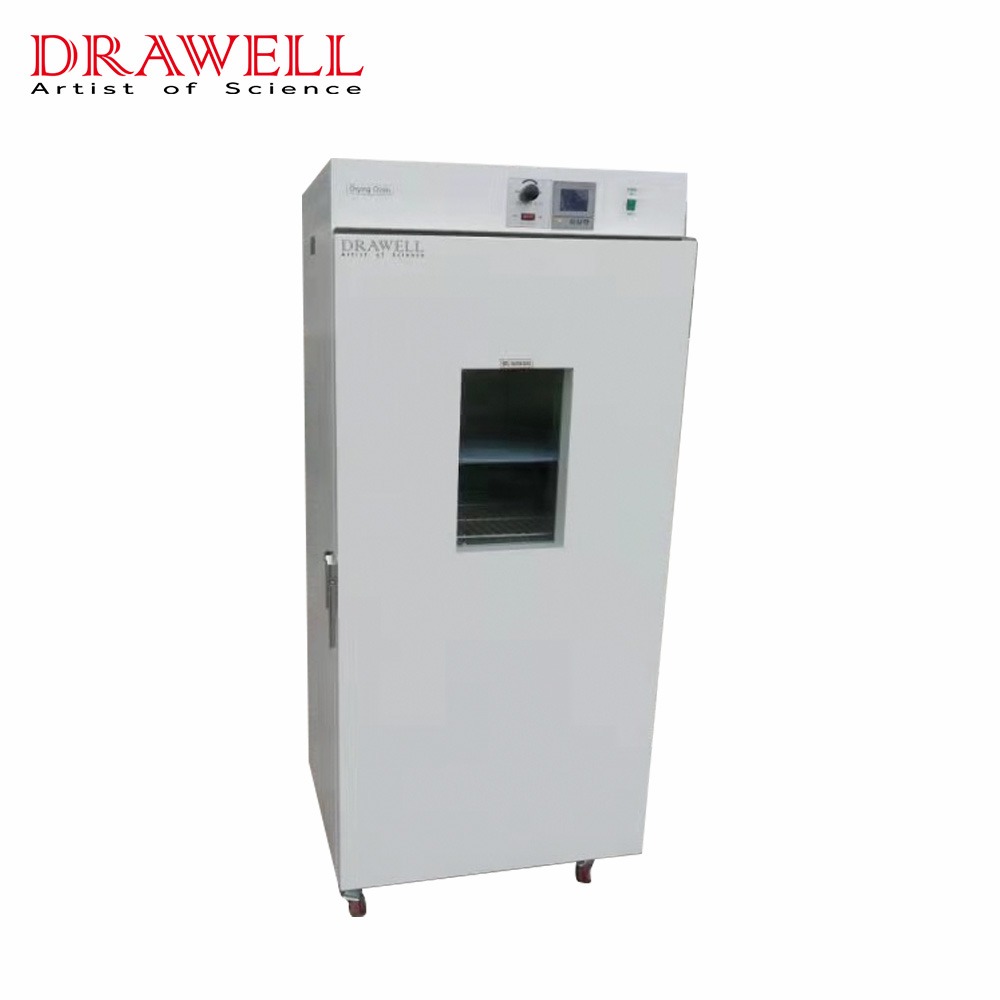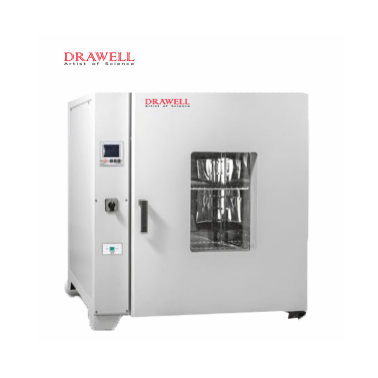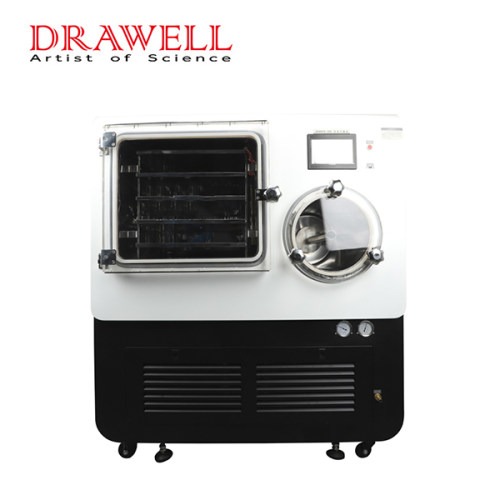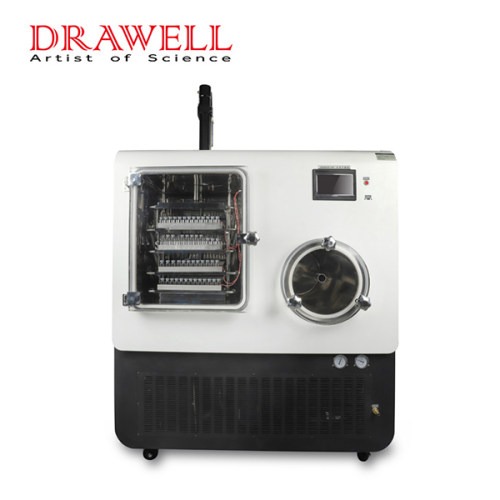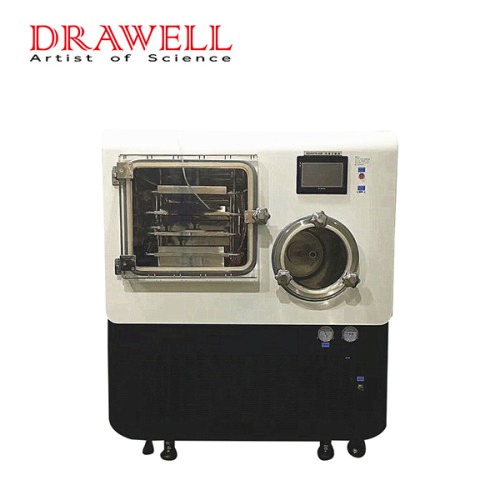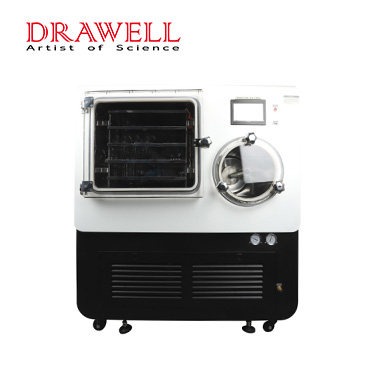Drying is a critical step in many laboratory processes, ensuring sample stability, purity, and usability. The choice of drying equipment significantly impacts the integrity, quality, and reproducibility of experimental results. Improper drying can lead to sample degradation, loss of volatile components, structural changes, and inaccurate data. Here we aims to guide you in selecting the most suitable lab drying equipment for their specific needs and research objectives.
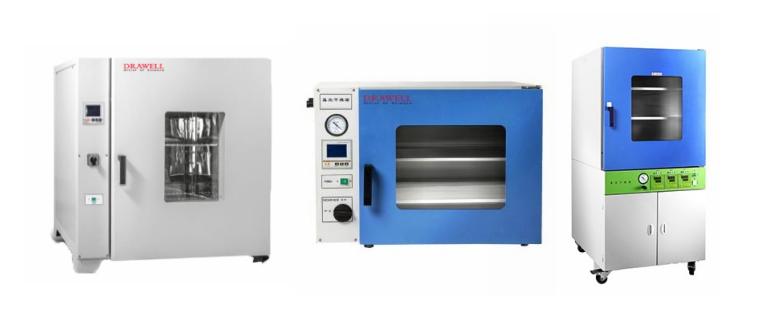
Types of Lab Drying Equipment
A variety of lab drying equipment is available, each with unique mechanisms and applications.
Heat-based drying
Heat-based drying is one of the most commonly employed techniques, utilizing elevated temperatures to remove moisture. This method is particularly effective for robust samples that can tolerate heat exposure. Common equipments are:
- Ovens: Ovens are among the most common and versatile drying methods.
- Standard ovens: Operate at moderate temperatures and are suitable for drying heat-stable samples. They are typically used for glassware, metal tools, and some non-sensitive materials.
- Vacuum ovens: Operate under reduced pressure, significantly lowering the boiling point of water. This allows for faster drying at lower temperatures, minimizing the risk of sample degradation. They are ideal for heat-sensitive materials and those prone to oxidation.
- Forced-air ovens: Utilize fans to circulate hot air, ensuring even and rapid drying. They are well-suited for drying larger volumes of samples.
- Hot plates/stirrers: These devices combine heating with magnetic stirring, making them suitable for evaporating solvents from solutions. They are often used for small-scale reactions and drying of viscous liquids.
- Infrared dryers: Employ infrared radiation to directly heat the sample, resulting in rapid and efficient drying. They are particularly effective for drying materials with high water content and are often used in the food industry.

Lyophilization (freeze-drying)
Lyophilization involves freezing the sample and then subjecting it to a vacuum. The ice sublimates directly from the solid to the gaseous phase, bypassing the liquid state. Freeze dryers are ideal for drying heat-sensitive materials, such as biological samples, pharmaceuticals, and food products, as it minimizes thermal damage. Lyophilization also preserves the original structure and prevents sample shrinkage.
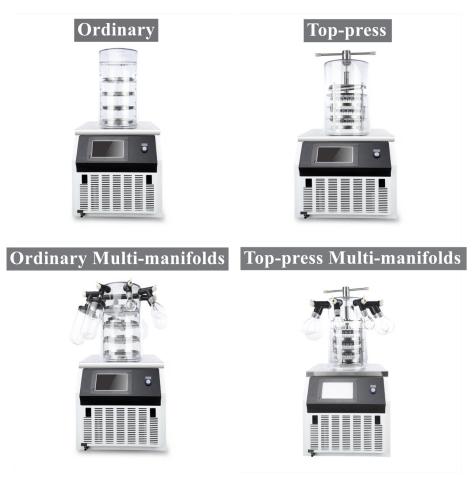
Spray dryers
Spray dryers atomize a liquid feed into a fine mist and then spray it into a hot drying chamber. The rapid evaporation of the solvent results in the formation of a dry powder. This method is popular for creating powdered forms of substances.
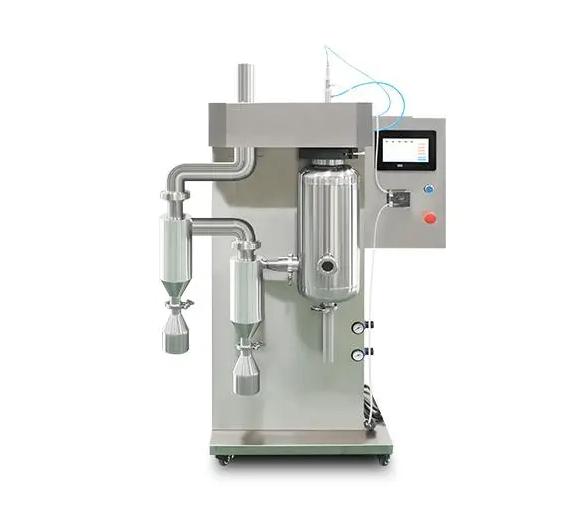
Desiccators
Desiccators are closed containers that maintain a dry atmosphere by containing a desiccant material, such as silica gel or calcium chloride. They are primarily used for storing dried samples to prevent them from reabsorbing moisture.
The choice of heat-based drying, lyophilization, spray drying, or desiccation depends heavily on the specific characteristics of the sample and the research objectives. Each method offers unique advantages and limitations, and you must carefully evaluate their suitability for their particular application.
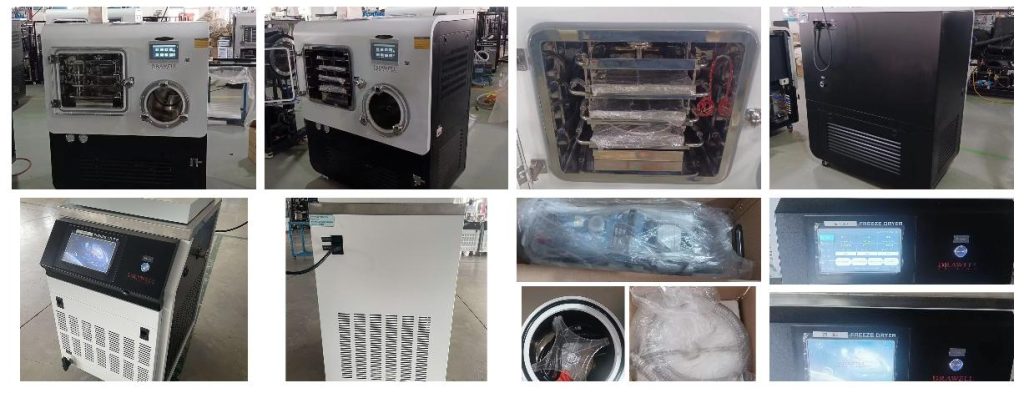
Factors to Consider When Choosing Drying Equipment
Selecting the optimal drying equipment requires a comprehensive assessment of several critical factors. These factors ensure that the chosen method effectively removes moisture while preserving the integrity of the sample and meets the specific requirements of the research.
Sample properties:
- Heat sensitivity: Can the sample withstand high temperatures without degradation or decomposition? Heat-sensitive materials are best dried using methods like lyophilization or vacuum drying.
- Moisture content: The initial moisture content of the sample dictates the drying time and the most suitable technique.
- Physical state: The physical state of the sample (solid, liquid, or suspension) influences the choice of drying equipment. For example, liquids are often dried using spray dryers or rotary evaporators, while solids can be dried in ovens or desiccators.
- Chemical composition: The chemical composition of the sample can influence its drying behavior. For instance, samples containing volatile components may require techniques that minimize evaporation losses.
Research objectives:
- Drying speed: The speed of drying is crucial in many applications, especially when dealing with large sample volumes or time-sensitive experiments.
- Sample integrity: Maintaining the original structure, chemical composition, and biological activity of the sample is paramount in many research areas.
- Throughput: The required throughput of the drying process, i.e., the volume of samples to be processed per unit time, influences the choice of equipment. High-throughput applications may require equipment like spray dryers or continuous flow dryers.
Budget, Space and Safety:
The cost of the equipment, including purchase price, maintenance costs, and operating expenses, is a significant consideration.
The available laboratory space and the equipment’s footprint are also important factors, especially in limited laboratory environments.
Potential safety hazards, such as fire risks, chemical exposure, and ergonomic factors, must be carefully evaluated. Proper safety procedures and equipment should be in place to minimize risks.
Analyzing these factors ensures you choose drying equipment tailored to your specific research needs and budgetary constraints.
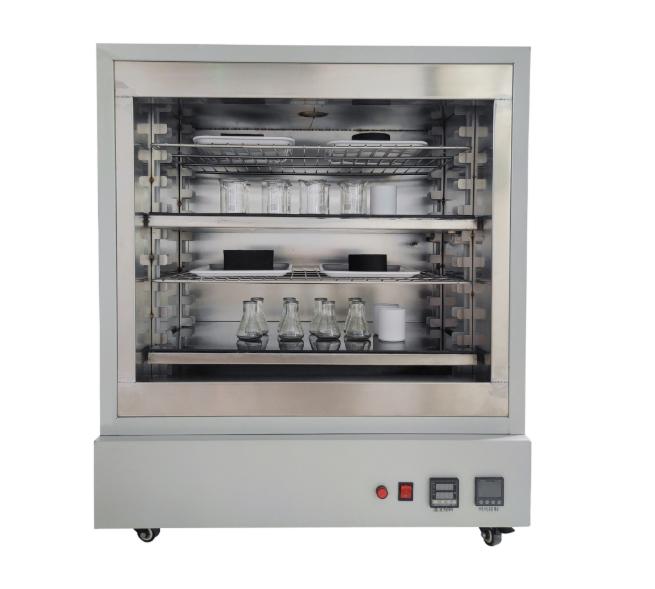
Choosing the Right Equipment for Specific Applications
The choice of drying equipment varies significantly depending on the specific application. Here we show you several drying methods examples for a few common research areas.
- Drying pharmaceuticals: Lyophilization is a widely used technique for drying pharmaceuticals, as it minimizes thermal degradation and preserves the delicate structure of sensitive compounds. Vacuum ovens are also used for drying certain pharmaceuticals.
- Drying biological samples: Biological samples, such as tissues, cells, and proteins, are often dried using lyophilization to preserve their native structure and function. Desiccators are also used for storing dried biological samples.
- Drying materials science samples: Ovens, vacuum ovens, and infrared dryers are commonly used for drying materials science samples, such as polymers, ceramics, and metal powders.
- Drying food samples: Spray dryers are extensively used in the food industry for producing powders from liquid foods, such as milk, juices, and soups. Lyophilization is also used for drying heat-sensitive food products, such as fruits and vegetables.
Here are the summary sheet:
| Application | Suitable Equipment |
| Pharmaceuticals | Lyophilization, Vacuum Ovens |
| Biological Samples (Tissues, Cells, Proteins) | Lyophilization, Desiccators |
| Materials Science (Polymers, Ceramics, Metal Powders) | Ovens (standard, vacuum, forced-air), Infrared Dryers |
| Food Science | Spray Dryers, Lyophilization |
Choosing the right lab drying equipment is critical for the success and accuracy of your research. Understanding the types of equipment available, evaluating your specific needs, and aligning these with the applications in your field are key steps in making an informed decision. Whether you’re working with heat-tolerant materials, sensitive biological samples, or large-scale liquid processing, there is a drying solution tailored for your requirements. Feel free to contact us for any lab equipment.

